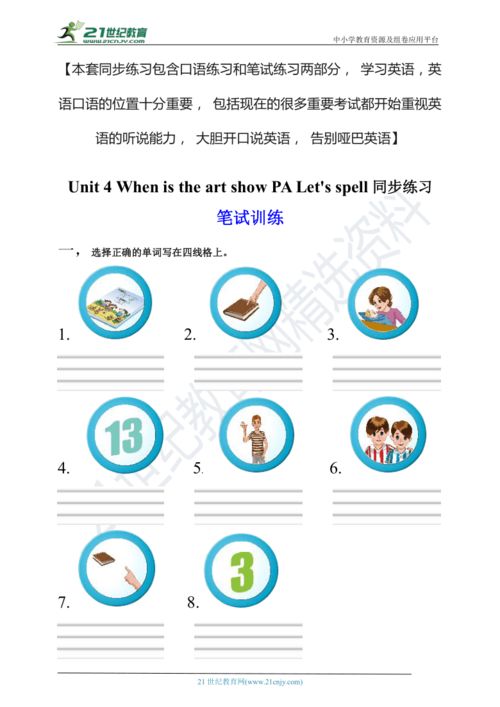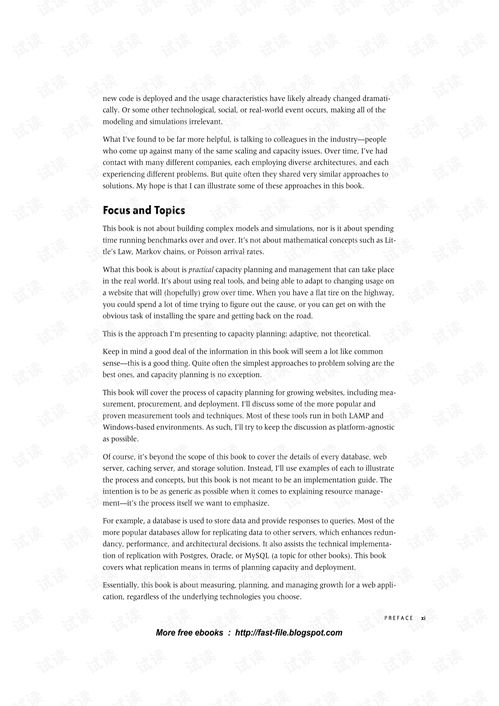Content:
Fishing by the lake can be an incredibly relaxing and rewarding activity. However, to ensure a successful fishing experience, it is crucial to master the art of tackle adjustment. In this article, we will delve into the essential tips and techniques for tuning your tackle to maximize your chances of catching fish.
Choose the right rod and reel
The first step in mastering the art of tackle adjustment is to select the appropriate rod and reel for your fishing environment. A well-balanced rod with the right action is essential for casting and retrieving your bait effectively. Similarly, a reel that matches your rod's specifications will help you manage your line and tackle more efficiently.
1 Rod selection
When choosing a rod, consider the following factors:
- Length: A longer rod offers greater casting distance and line control, while a shorter rod is more maneuverable and easier to handle in tight spaces.
- Action: The action of a rod refers to how it bends when pressure is applied. Fast-action rods are ideal for flipping and pitching, while slow-action rods are better suited for casting and retrieving.
- Power: The power of a rod indicates its resistance to bending. A heavy-power rod is suitable for larger fish, while a light-power rod is better for smaller fish.
2 Reel selection
When selecting a reel, consider the following factors:
- Line capacity: Ensure that the reel's line capacity matches the weight and length of your chosen line.
- Gear ratio: A higher gear ratio allows for faster retrieves, while a lower gear ratio is better for battling larger fish.
- Drag system: A good drag system ensures that your reel can handle the pressure of a fighting fish without breaking the line.
Adjust your line and leader
Once you have selected the appropriate rod and reel, it's time to focus on your line and leader. The right combination of line and leader will help you present your bait effectively and reduce the risk of snags.
1 Line selection
When choosing fishing line, consider the following factors:
- Diameter: A thinner line is less visible to fish and offers more sensitivity, but it is also more susceptible to breakage. A thicker line is more durable but may spook fish.
- Material: Monofilament is the most common fishing line, offering good strength and flexibility. Fluorocarbon line is nearly invisible underwater and has a lower stretch, making it ideal for delicate presentations.
- Strength: The strength of your line should match the size of the fish you are targeting. For example, a 6-pound test line is suitable for catching smaller fish, while a 14-pound test line is better for larger fish.
2 Leader selection
A leader is a short length of line attached to the main line that connects your lure or bait to the fishing line. Leaders are typically made of fluorocarbon or monofilament and are used to:
- Reduce the visibility of your main line to fish.
- Provide a softer connection between the lure and the main line, which can help prevent snags.
- Allow for a more natural presentation of your bait or lure.
When selecting a leader, consider the following factors:
- Length: A leader length of 6 to 12 inches is typically sufficient for most fishing situations.
- Diameter: A leader diameter that is one to two sizes smaller than your main line is ideal.
- Material: Fluorocarbon leaders are preferred for their invisibility and lower stretch.
Tackle adjustment techniques
Now that you have the right tackle, it's time to adjust it for optimal performance. Here are some essential techniques to consider:
1 Tackle placement
Ensure that your tackle is properly positioned on your rod and reel. This includes:
- Adjusting the drag on your reel to match the size of the fish you are targeting.
- Ensuring that your lure or bait is properly balanced on your line.
- Attaching your leader to the main line using a suitable knot, such as the Palomar or Clinch knot.
2 Sensitivity and responsiveness
A well-adjusted tackle setup will allow you to detect subtle movements and strikes from fish. To improve sensitivity and responsiveness:
- Use a light-tipped rod to enhance your ability to feel the bite.
- Choose a line with a lower stretch to increase sensitivity.
- Keep your line tight and taut, but not too tight, to avoid putting unnecessary pressure on the fish.
3 Casting and retrieving

Practice your casting and retrieving techniques to ensure that your tackle is performing optimally. Here are some tips:
- Cast your line with a smooth, controlled motion.
- Retrieve your lure or bait at a consistent pace.
- Adjust your retrieve speed based on the behavior of the fish you are targeting.
In conclusion, mastering the art of tackle adjustment is essential for a successful fishing experience by the lake. By selecting the right rod, reel, line, and leader, and following these essential tips and techniques, you will be well on your way to catching more fish and enjoying a memorable day on the water. Happy fishing!












